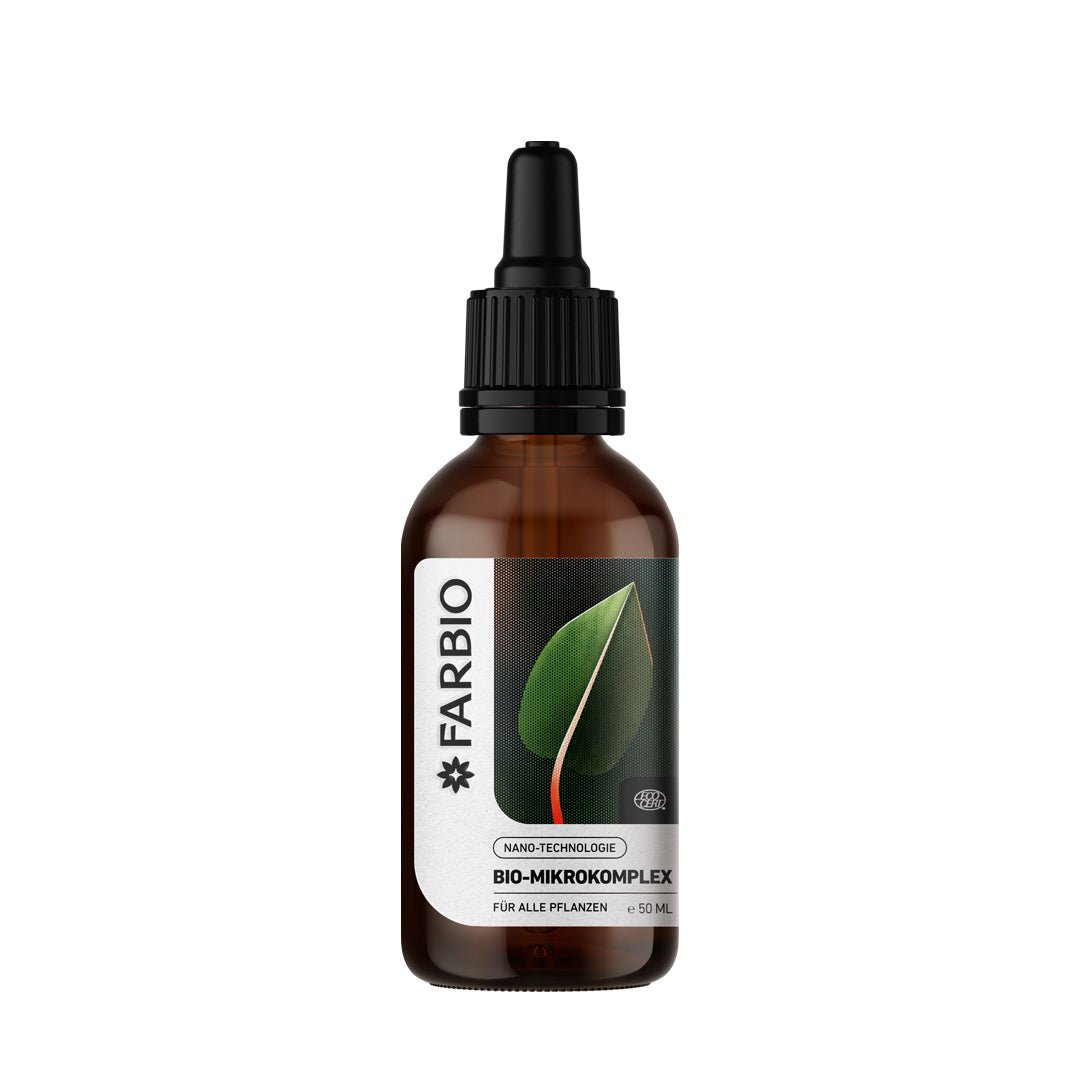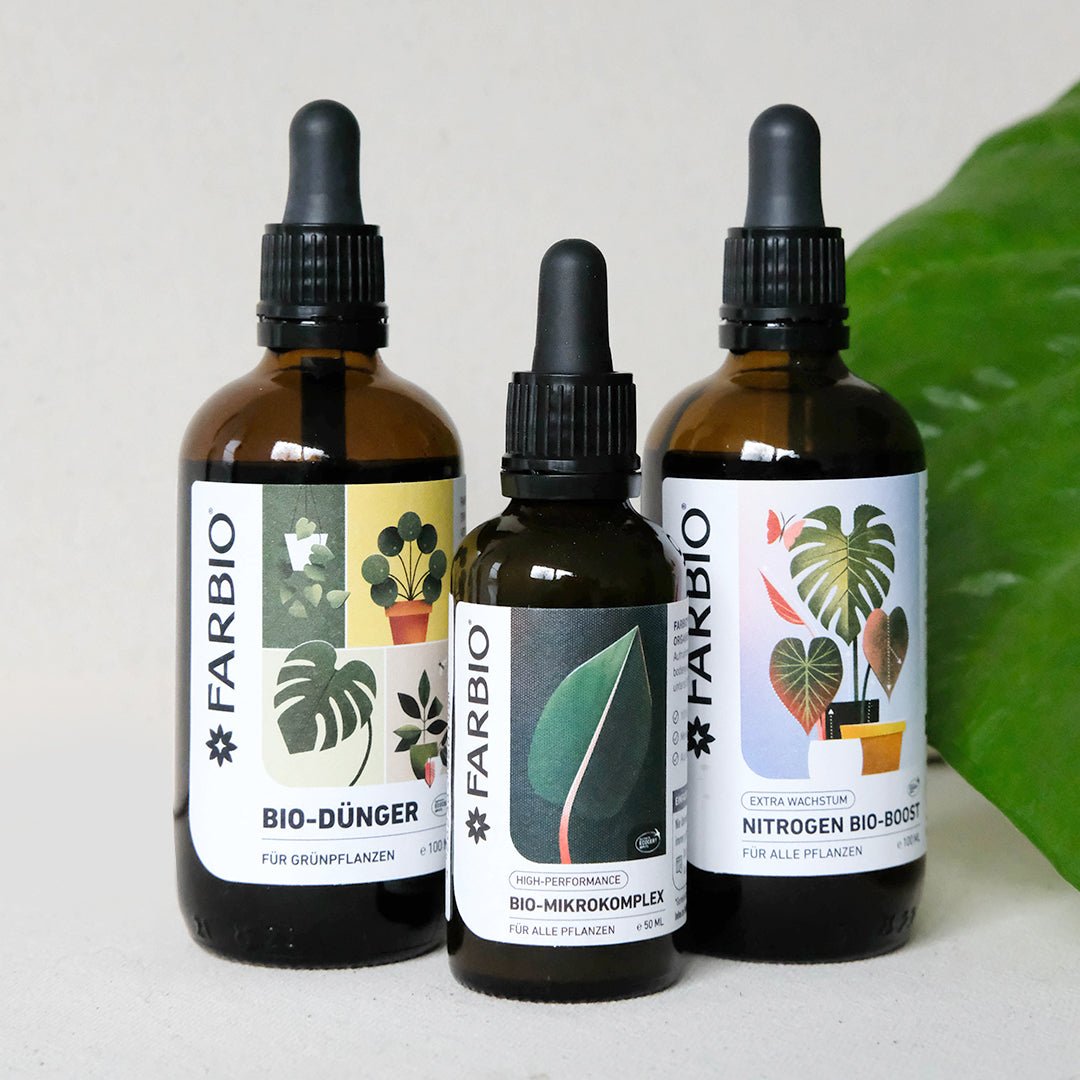Absorbing nutrients from the environment is essential for plants to maintain their vital functions. They can be absorbed from the soil via the roots and from the air via above-ground parts of plants, such as leaves. The macronutrients, also known as main nutrients, are the most important. The plants have to absorb these in large quantities. The exact nutrient requirements are different for each plant species, but the general metabolic processes are the same.
Essential building blocks in addition to macronutrients
The most important nutrient elements include not only mineral nutrients, because plants also need oxygen, water, sunlight and carbon dioxide or the non-mineral nutrient elements they contain to survive.
oxygen (O)
Plants need oxygen for their cellular respiration and to supply the cells with energy. Through photosynthesis, plants produce oxygen themselves during the day, but this only supplies the green part of the plants. To supply the roots and in the dark, the plants must absorb oxygen from the air as O2. A lack of oxygen occurs, for example, when there is waterlogging and the plants die.
hydrogen (H)
Plants need water for the process of photosynthesis and as a means of transporting plant nutrients and metabolic products. Water can be absorbed from the soil as H2O via the roots and transported to the leaves, flowers and fruits. Water can also be absorbed from the air or from raindrops that land on the above-ground parts of the plant. Stomata in the leaves allow water to evaporate again. If drought stress occurs, the internal cell pressure, also known as turgor, drops, the plants let their leaves droop and begin to wilt. If the soil is too wet, the plants can suffer from a lack of oxygen, the roots rot and absorb too little water and nutrients, causing the plants to dry out.
Carbon (C)
During the day, plants absorb carbon dioxide CO2 from the air. They convert the carbon contained in them into carbohydrates via photosynthesis, more precisely into sugar and starch. These are needed to build biomass, i.e. leaves, wood, roots and fruits.
Macronutrients/main nutrients explained
The most basic nutrients include nitrogen, phosphorus and potassium. These nutrients are known because they form the three main components in the popular NPK fertilizers.
Nitrogen (N)
Nitrogen is an important building block for the growth of plants and is necessary for photosynthesis and therefore intensive leaf green. It is also used to produce proteins as well as enzymes and DNA from plants. A nitrogen deficiency causes pale leaves, poor growth and poor root development. If there is excess nitrogen, the leaves of the plants become dark green, susceptible to disease and the shoots become long and weak.
Phosphorus (P)
Phosphorus is important for the entire metabolism of plants and is required for the formation of flowers, seeds and fruits. It is also important for healthy growth, especially root growth and the formation of leafy greens. A phosphorus deficiency leads to growth disorders of the entire biomass; roots in particular remain small and discolored. Too little of this macronutrient leads to problems with flower formation and leaf tip drought. An excess of phosphorus leads to a blockage in the absorption of iron and copper and the leaves turn light green.
Potassium (K)
Potassium is necessary for regulating the water balance and increases the frost resistance and drought resistance of plants. It ensures strengthened cell tissue and improves the formation of carbohydrates. Potassium promotes the development of roots and tubers as well as the development of aromas in fruits and vegetables. A potassium deficiency causes plants to wilt despite sufficient water supply. An excess of potassium leads to stunted growth, root burns and eventual plant death.
Calcium (Ca)
Calcium deacidifies the soil and ensures good aeration of the soil. The plant availability of other nutrients is improved by sufficient calcium supply. Stomata in leaves are regulated, cell membranes are strengthened and cell division is stimulated. It promotes natural resistance to disease attacks. A lack of calcium is visible as brown spots on new leaves. Older leaves curl up, leaves turn dark green and the quality of yields decreases. Flowering too early and weak stems are also consequences of a deficiency. An excess of calcium results in pale leaves and a blockage for other nutrients, meaning they can no longer be absorbed.
Magnesium (Mg)
Magnesium plays an important role in the formation of leaf green, also called chlorophyll. Furthermore, it is essential for regulating the water balance of plants and for the formation of proteins. If there is a lack of magnesium, only small fruits and roots develop. The leaves turn yellow, the veins initially remain green before the plants finally dry out completely. Too much magnesium leads to a potassium deficiency.
Sulfur (S)
Sulfur is needed for the construction of proteins and cell membranes within plants. It is involved in many metabolic processes and, as a component of special compounds, renders heavy metals harmless and protects plants from insect damage. When there is a sulfur deficiency, stems remain thin and woody and since sulfur is rather immobile in plants, only the young leaves lose their green leafy color. Too much sulfur in the soil causes acidification. If there is an excess, older leaves react with a pale green discoloration and purple spots.

Fertilize macronutrients
Our FARBIO® organic fertilizer for green plants is a natural, organic nutrient complex that supplies your houseplant with all the main nutrients and thus supports the development of lush green leaves and magnificent flowers. Regular fertilization with macronutrients, but also with micronutrients, is essential for plant development.










